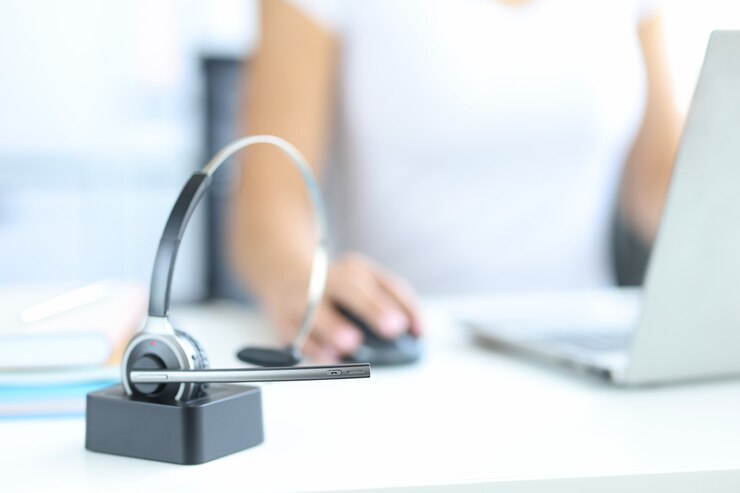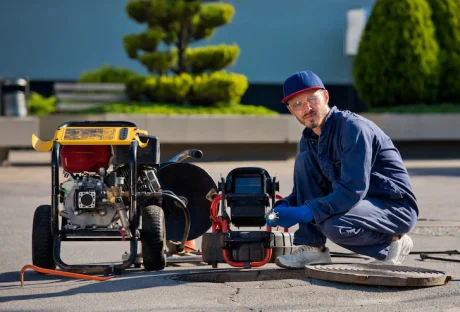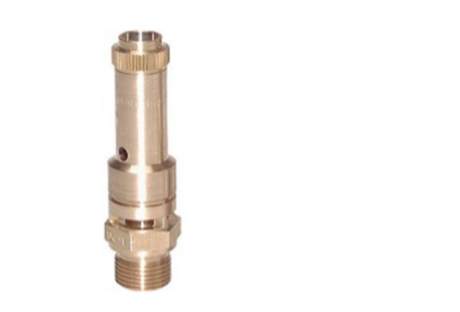Communication is a form of expressing thoughts and feelings. It helps us establish relationships and connect with others by allowing us to share our experiences and needs.
Communication between coworkers in an organization makes for more efficient daily work. It can be challenging to work effectively in a world that demands that one’s output be maintained at all times. And here comes the name of Volte.
Working at the office alone will not cut it anymore since results are the most important thing. To develop strong connections with business partners and end users, various individuals must possess strong communication skills. It is necessary to make use of a communication tool for there to be efficient communication.
Voice over Internet Protocol, often called VoIP, is an important communication method for companies in the present day and age. VoIP is a more effective communication tool than the old analog phone system. From making voice calls to conference calls, instant messaging, virtual numbers, queue calls, music on hold, and record calls, VoIP is the modern method for sending and receiving calls.
As communication changes or upgrades as time passes by, so does technology. Today, we also hear about a new technology called Voice over Long-Term Evolution (VoLTE). How do these two terms differ from and relate to each other? Is VoLTE a better tool than VoIP? Let’s look at some possible responses to these critical questions.
What Is VoIP?
VoIP is a mode of communication that allows users to send multimedia and voice transmissions via Internet protocol networks. One glaring illustration of this would be the internet.
As a modern method for making and receiving calls, VoIP has become commonly used in businesses, where 70% of business owners prefer VoIP-based telephone systems to their conventional on-site PBX. Unlike analog telephones that rely on phone cables, VoIP utilizes the internet to transmit voice calls which can be made using desktop computers, laptops, and smartphones.
It supports various call features such as voice messaging, SMS text messaging, call forwarding, fax transmission, voicemail, and other services, providing firms with a convenient one-stop resolution for all their communication needs.

For decades, voice services could only be distributed among users through a public telephone network. Businesses back then struggled to keep up their communication capabilities with their growing business.
The launch of Volte phones has helped solve some of these problems, being a technology that is much simpler to install, maintain, and configure than conventional lines. Companies can quickly onboard new employees by being able to provide additional support for new users immediately.
A much faster and simpler process is replacing the need to install cables or additional phone lines. All of these are achieved without risking the service’s quality but by improving it.
Let’s see what is volte on my phone and how it’s performing.
What Is VoLTE?
VoIP technology has made a giant leap forward in terms of communication. However, it was introduced when 2G and 3G networks were still used for mobile devices. Network connectivity has improved a lot since then. The arrival of 4G, or Long-Term Evolution (LTE), meant faster and better connectivity.
Voice over long-term evolution (VoLTE) is VoIP, except that it is over a mobile network. While with VoIP connections use broadband or the fixed line. VoLTE utilizes the cellphone, which has a 4G/3G data connection.
As the latest standard for wireless, high-speed communication, VoLTE is highly recognized and appreciated for having excellent call quality. This is among the significant advantages that this technology provides.

A 4G connection can transmit more information and data than a 2G or 3G connection. VoLTE allows the user to enjoy his HD call features all the time. This quality conversation is crucial for firms that require hearing the tiniest pronunciations for successfully established relationships.
VoLTE’s enhanced coverage and connectivity capabilities are both impressive. People can use this service anywhere as long as there is a cellular connection. VoLTE can also connect calls almost twice as fast as the present methods.
How Are VoLTE And VoIP Different From Each Other?

- VoIP is more popular. VoIP was a more popular method of business telephony in 2019. The amount of VoIP calls made in the UK is increasing as more businesses move to cloud-based phone systems. In recent years, there has been a remarkable increase in VoIP traffic. This does not imply that VoLTE is uncommon, though. Several businesses have used VoLTE as an effort to keep in touch with employees who are outside the premises.
- VoLTE and VoIP use different networks. VoIP uses web-based networks such as 3G or Wi-Fi to transmit voice data, while VoLTE uses 4G LTE networks (which provide a broader bandwidth and faster speeds) to carry voice data.
- VoLTE uses only mobile devices. Mobile devices operate with VoLTE, while desk phones and PCs use VoIP. Cellular data connection is a requisite for VoLTE; thus, it is not available on gadgets with no SIM card.
- VoIP is more efficient. Upgrades in the infrastructure have helped the UK’s mobile network be more robust; however, weaknesses still exist mainly in rural areas. This makes VoLTE less reliable as it demands a ‘decent’ mobile network connection. VoIP, requiring a fixed line, is generally more dependable, particularly with fiber optic broadband.
How Are VoLTE And VoIP Similar To Each Other?

From switching to turning off, everything is similar and the same. Let’s see how to turn off Volte and switch on can function.
- The same technology is used. Both use ‘packet switching.’ It implies that voice calls are sent utilizing data instead of the conventional analog method. It allows for high-quality voice calls and a more dependable connection. However, a good broadband connection is required.
- They work together. VoLTE and VoIP work hand-in-hand. A lot of individuals may be utilizing VoLTE without even the realization. Making a Facetime or a Facebook messenger call with the use of a cellphone while not connecting to Wi-Fi means VoLTE is being used. Moreover, if a business with a VoIP phone system calls one of the mobile users during which they’re out, it is likely that VoIP and VoLTE are being used simultaneously.
- VoLTE and VoIP can improve telecommunications. Both VoLTE and VoIP can conserve business money and time and boost telecoms. Small-scale trades can enjoy zero maintenance and plenty of other great features by eliminating expensive on-site equipment.
VoLTE is currently supported to a limited extent. Not all smartphone brands and models support VoLTE technology at the moment. Also, many geographic locations still have no available LTE. However, experts hypothesize that this will soon change rapidly.
VoLTE is still a new technology. It was first introduced for commercial service only in 2014 in Singapore. Unfortunately, only a limited range of services are offered by most VoLTE tech providers.
This contrasts with VoIP providers, which provide various offers, even standard packages. People can look forward to what VoLTE has to provide in the next few years. Benefits from these anticipated developments are promised to be experienced by businesses and their employees.
Conclusion:
Being aware of the much-anticipated changes that devices will face over the next few years explains why people worldwide are thrilled about what VoLTE may offer in the future.
Telium provides VoIP services that would truly help bring your business to the next level. WithTelnum’s extensive experience in cloud-based technology, you get all the assurance a VoIP system promises. Call us now to learn more!
Additional:





















